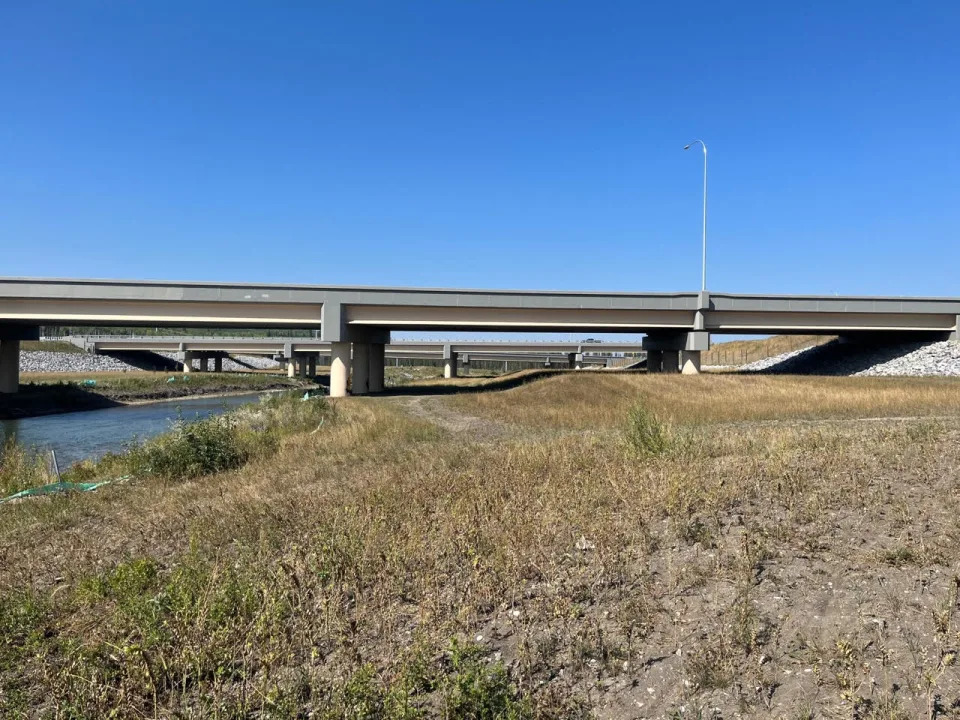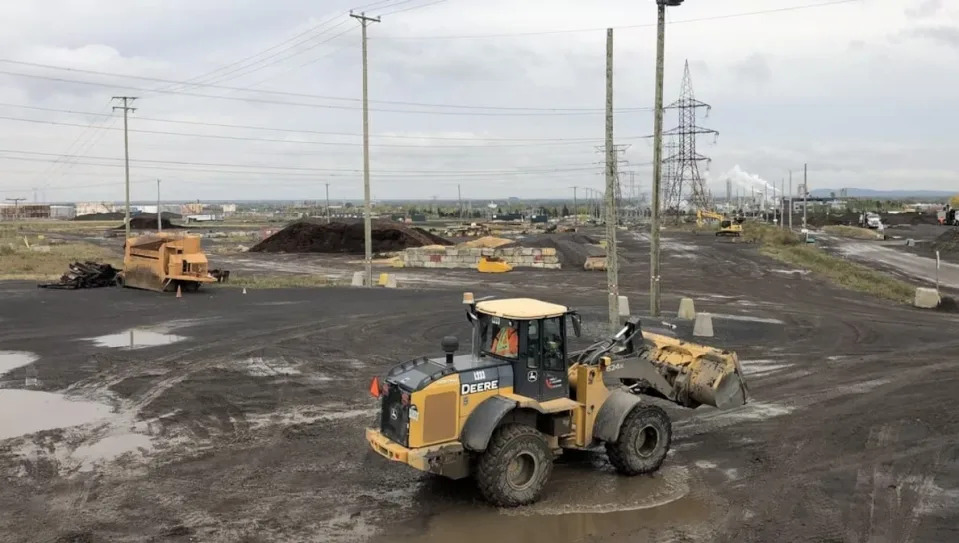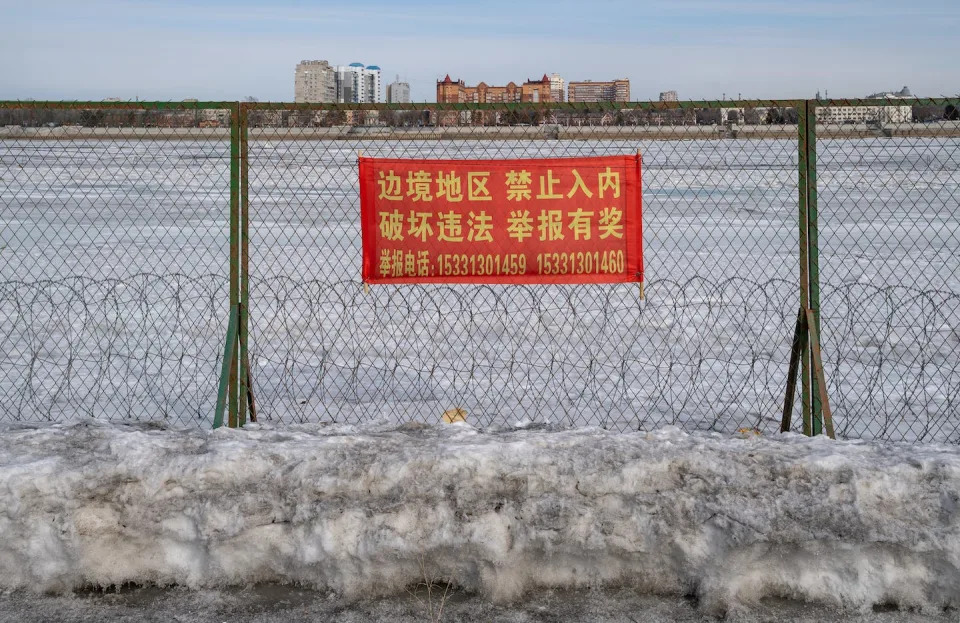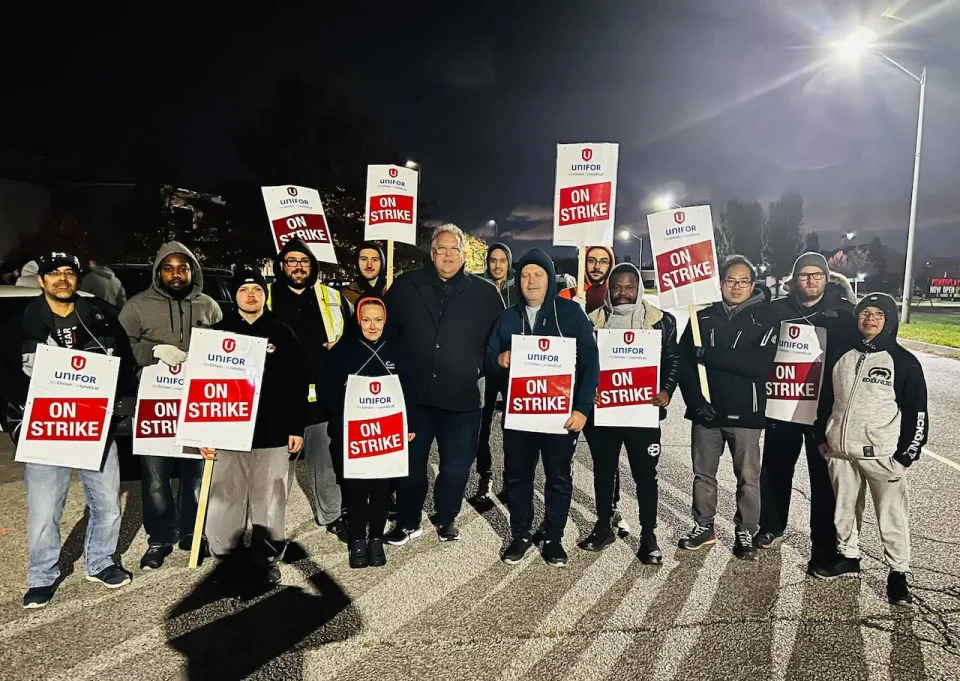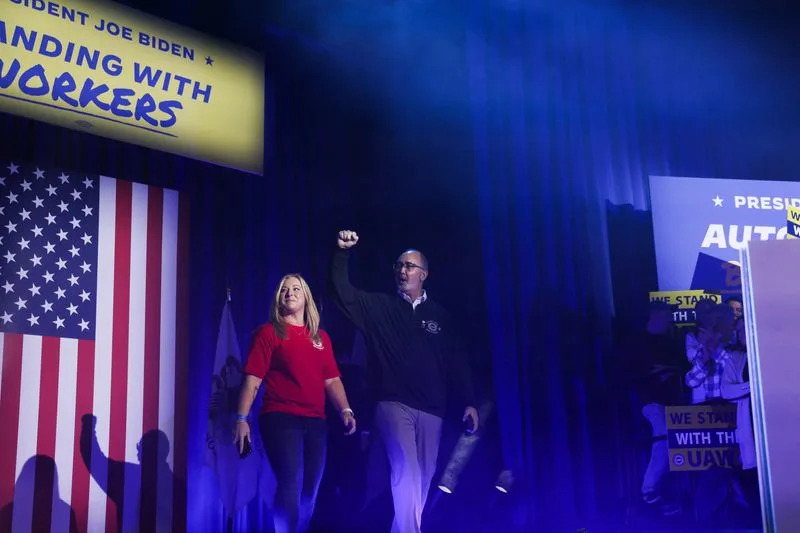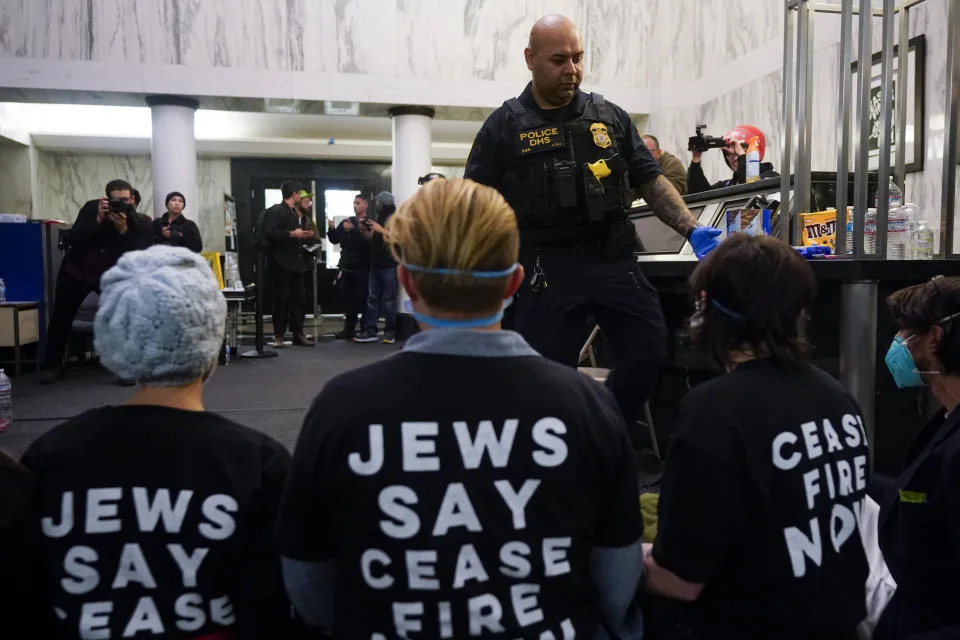CBC
Tue, November 14, 2023
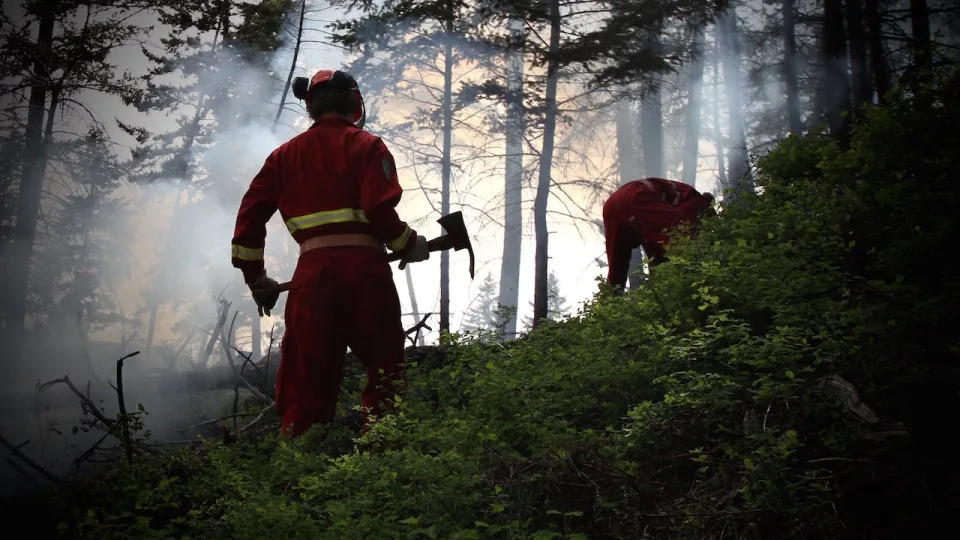
It took B.C. Wildfire Service crews two weeks to extinguish a wildfire started by a holdover from Clarke Matthiesen's 2019 open burn.
A landowner responsible for an open burn that ignited a wildfire in British Columbia's Cariboo region is on the hook for about $450,000 after an appeals commission rejected his claim that the real cause was arson by his neighbours' troubled grandson.
Last week, a panel of the Forest Appeals Commission largely dismissed Clarke Matthiesen's appeal of cost recovery orders for the April 2019 blaze, finding his alternative explanation was "both unproven and unlikely."
The evidence strongly supported investigators' conclusion that a holdover fire from an improperly extinguished 224-square-metre open burn was to blame, panel chair James Carwana wrote.
Holdover fires can smoulder underground for months, only re-emerging when conditions are dry enough to start spreading.
"The burning of a large debris pile, as in this case, is inherently risky and can result in significant destruction if wildfires result from the burning. It is the responsibility of those engaged in such burning activity to ensure they have met the legislated requirements," the Nov. 9 decision says.
The wildfire, ignited in a remote area around 150 kilometres west of Quesnel, B.C., burned for two weeks before firefighters were able to extinguish it, according to the decision. Matthiesen has been ordered to pay $179,344 for damage to Crown resources, $260,369 for the cost of fighting the fire, $7,546 for reforestation costs and a $2,350 administrative penalty.
The panel heard that Matthiesen didn't raise his arson theory with any officials or investigators in the four years before his appeal.
Although the neighbours' grandson had threatened to burn Matthiesen's home "to the ground" four months before the wildfire, no evidence was presented showing he was still in the area and investigators discovered no signs of arson, the decision says.
"If the appellant thought the threat had been serious and it was a likely cause of the wildfire, it would have been at the top of his mind when the wildfire actually occurred. The possibility that the wildfire began as an act of arson, however, was not mentioned until years later," Carwana said.
Burn was not conducted according to regulations
According to the decision, Matthiesen started a burn pile in February 2019 to dispose of debris left behind by the property's previous owners. He had never managed an open fire of that size, and did not consult with fire officials before igniting it.
Measuring 14 metres by 16 metres in size, the burn pile qualified as a Category 3 open fire, which requires a burn registration number, the decision says. Matthiesen did not have one, and did not keep any firefighting tools or water on hand nearby as required.
He testified that in the weeks after the burn, he passed the area dozens of times, and didn't see any smoke. When he placed his hand on the pile a couple of times, he could not feel any heat.
But Matthiesen didn't pull the pile apart or douse it with water during the intervening months, the decision says.
"The appellant was unaware of the degree of risk posed by holdover fires, the appropriate way to check for hotspots, or the need to maintain a fuel break even after the initial burning phase," the decision says.
An investigator told the appeal panel that Matthiesen's burn pile included root wads from trees, which are often involved in holdover fires.
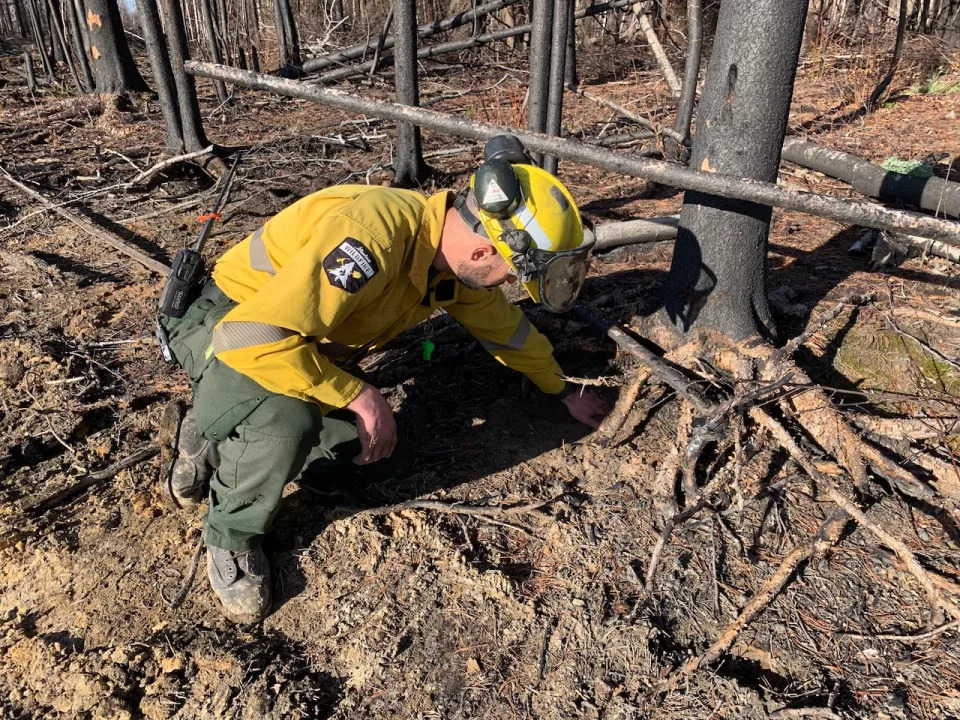
Alberta Wildfire winter crew leader Moe Aboughoushe demonstrates how cold trailing works, a process where someone runs their hands through soil to detect if there is any heat, which would indicate embers.
An Alberta Wildfire winter crew leader demonstrates how firefighters run their hands through soil to detect heat from possible holdover fires. (Julia Wong/CBC)
As for the neighbours' grandson, he had moved in with them in the summer of 2018 "due to illicit drug use and gang activity," Matthiesen told the panel.
He'd hired the young man to do some work on his property, but testified that their working relationship fell apart in September 2018.
They clashed again when Matthiesen discovered some illegal cannabis plants allegedly belonging to the grandson and removed them from Crown land.
Matthiesen said the grandson responded with a message reading "Your cabin and everything you have gonna be burnt to the ground."
However, it was unclear if the young man was still living with his grandparents by April. A fire investigator had investigated the possibility of arson at the time of the wildfire, and testified that he "did not observe any items to suggest arson or suspicious activity," including evidence of accelerants like gasoline, multiple ignition points or vehicle tracks.
